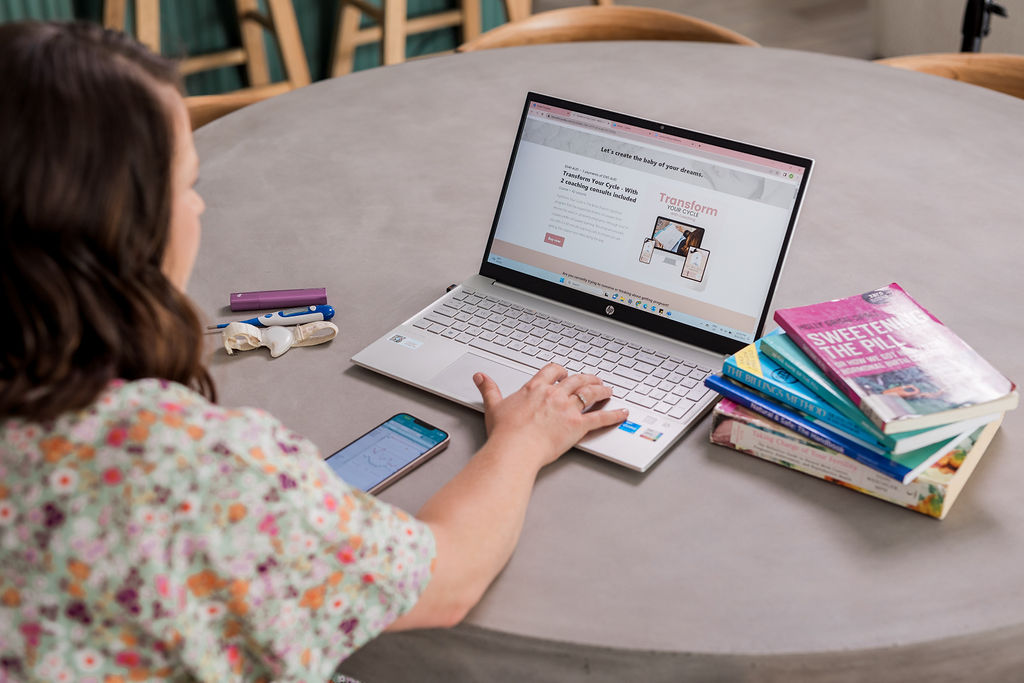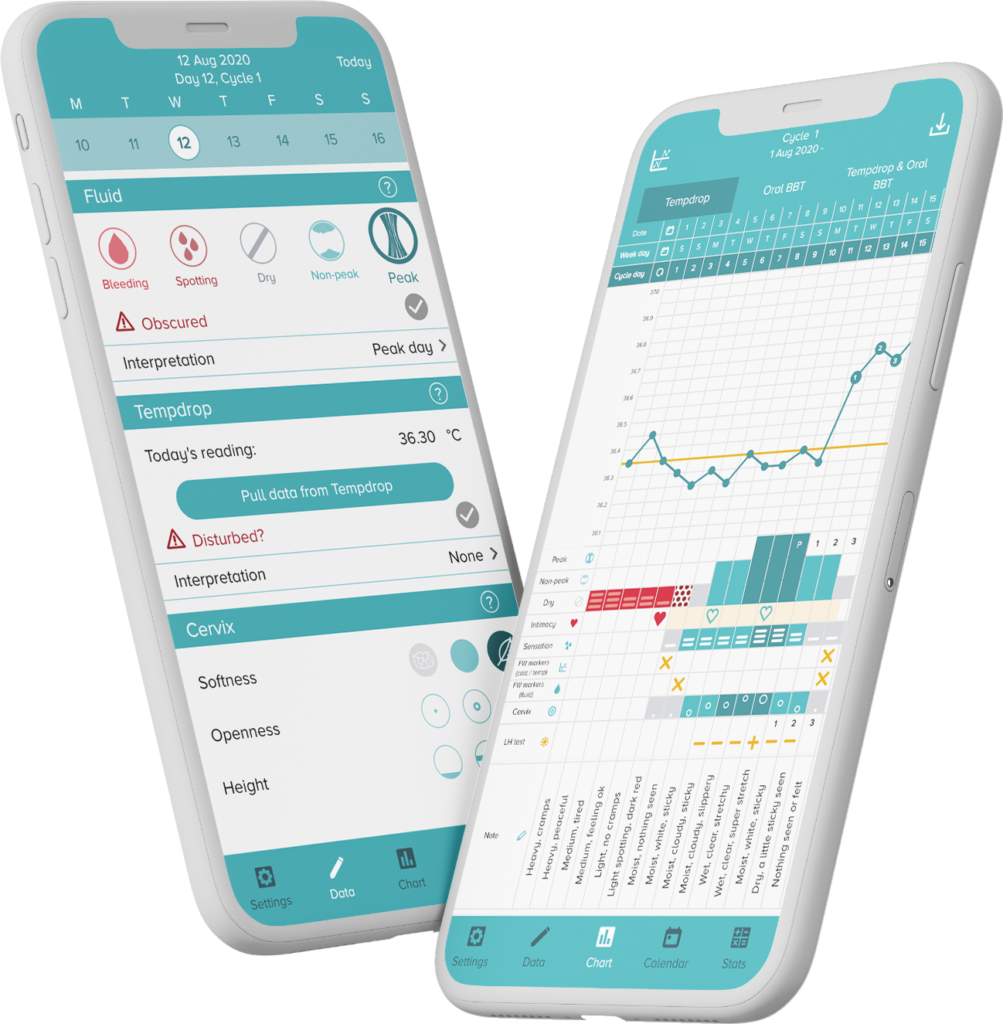Taking steps to reduce exposure to endocrine-disrupting chemicals (EDC’s) is crucial for maintaining optimal hormonal health and fertility. This is a top priority for all my clients, as well as in my own household. In this blog, we are going to delve into EDC’s and why they could be ruining your fertility.
What the heck are endocrine disruptors?
Endocrine-disrupting chemicals (EDCs) are pervasive; they’re in our food, water, air, and even the beauty and cleaning products we use daily. Everyday items like furniture and curtains can also harbour these sneaky substances.
EDCs are notorious for throwing our hormonal balance off-kilter, affecting both male and female reproductive systems. They can mimic or block crucial sex hormones like estrogen and testosterone, leading to changes in hormone levels, compromised sperm and egg quality, damaged sperm DNA, prolonged menstrual cycles, difficulty conceiving, increased risk of miscarriage, and premature menopause.
With an onslaught of thousands of chemicals in countless combinations, the true extent of the damage they cause to our fertility and overall health is largely unknown. However, we do know that minimising exposure to these harmful substances is paramount for maintaining reproductive health and overall well-being
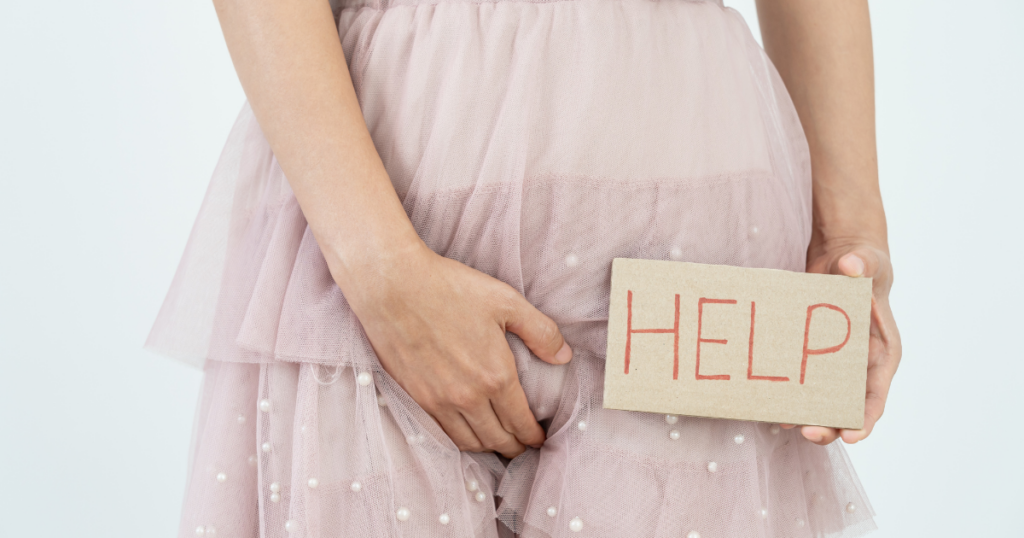
So how do we avoid these chemicals?
In a world where endocrine-disrupting chemicals (EDCs) are just everywhere, it’s crucial to adopt practices that reduce exposure to these hazardous substances. The topic is extensive, but here are 10 things you can start doing today:
- Clean Up Your Diet – Opt for organic, locally sourced foods to minimise pesticide exposure. Reduce consumption of processed foods, opting for fresh, whole ingredients instead. Eating organically can be expensive, but making sure to prioritise swapping out the most harmful items is a good place to start. Check out the Clean 15 and Dirty Dozen from EWG to learn about what fruit & veg to avoid.
- Choose Safer Personal Care Products – Read labels and avoid products containing ingredients like parabens, phthalates, fragrances, glycol ethers and triclosan (to name just a few). Look for products with natural, non-toxic ingredients.
- Be Mindful of Household Items – Opt for natural cleaning products or make your own using simple ingredients like vinegar, baking soda, and lemon.
- Buy Second Hand – Brand new furniture and household items are typically coated with flame retardants and harsh chemicals. Choose furniture and textiles made with natural materials to avoid chemical coatings, or opt for second hand items where the majority of these chemicals have diminished.
- Filter Your Water – Use a high-quality water filter to remove contaminants like chlorine, Fluoride, lead, and pesticide residues from your drinking water.
- Minimise Plastic Use – Avoid heating food in plastic containers, as this can leach harmful chemicals into your food. Choose glass, stainless steel, or silicone containers for food storage.
- Throw Your Teflon & Non Stick Pans in the Trash – Their coatings are filled with nasty chemicals that leech straight into your foods when heated. Opt for cast iron or stainless steel.
- Air Out Your Home – Open windows regularly to allow fresh air to circulate and reduce indoor air pollution. Fresh plants also help to reduce airborne toxins (aim for 1 plant in each room).
- Say NO to receipts – Receipts contain high levels of BPA. Always opt for an electronic receipt where you can.
- Stop spraying your weeds – Harmful pesticides like Roundup are proven to be highly harmful to fertility.
Beware of Greenwashing!
Ever come across a product that flaunts its ‘chemical-free’ status or sports an earthy, eco-friendly appearance? These are the brands to keep an eye on! Many cleverly designed packaging and catchy buzzwords might not always translate to genuinely eco-conscious practices.
Here’s a fun fact: In Australia, the term ‘organic’ is not legally regulated. That means, anyone can slap the ‘organic’ label on their product, as long as they throw in one or two natural ingredients or use ‘natural methods’. It’s a bit of a wild west out there, folks!
So, next time you’re shopping for ‘green’ or ‘eco-friendly’ products, be sure to do your homework. Look beyond the flashy packaging and dig into the ingredients list.
I rely on a combination of apps and databases to quickly cut through the marketing fluff and get to the core of what’s in my products. These tools allow me to run product ingredients through a database and assess their safety and potential health effects.
Once I’ve found a brand I trust and a product I like, I’m all set! No more agonising over labels or second-guessing my purchases. I simply continue to buy from brands I know and love. Check out the 3 apps below, trust me, it’ll make navigating the world of product labels a breeze!

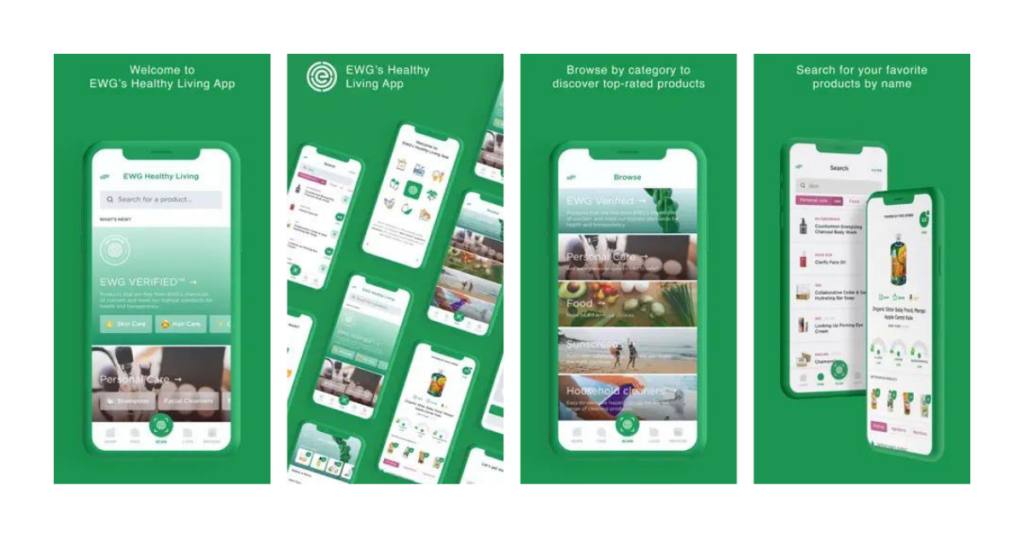
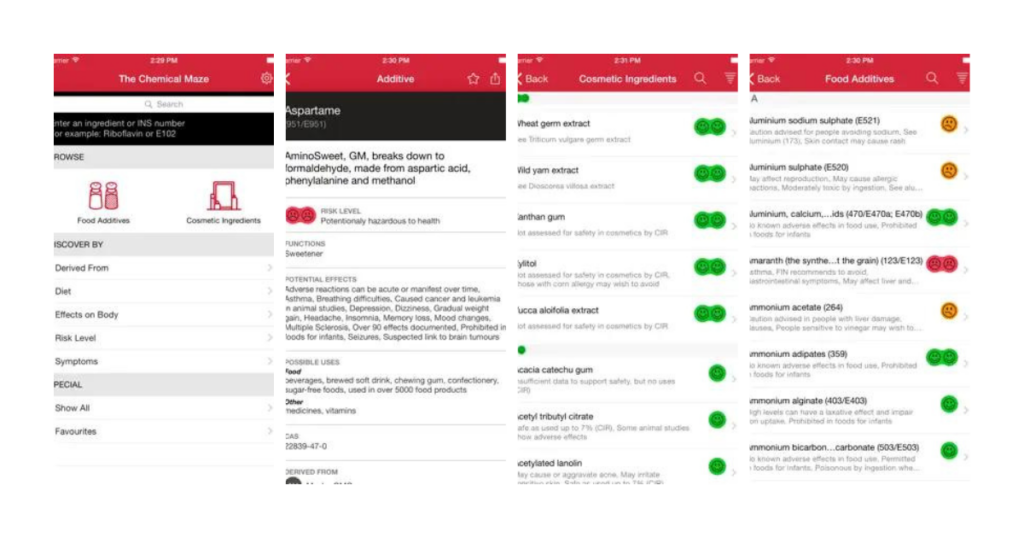
Not quite sure where to begin?
I’ve included a link here for you to download a FREE copy of my Endocrine Disruptors Checklist ❤️
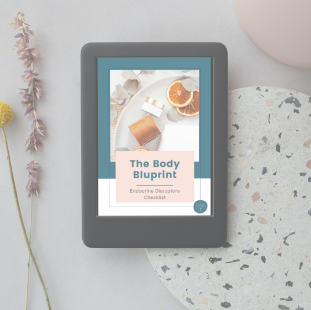
It’s crucial to take proactive steps today to ensure optimal fertility tomorrow. By making informed choices about our diets, personal care products, and lifestyle, we can minimise exposure to endocrine-disrupting chemicals and support our body’s natural hormonal balance. Remember, every decision we make now can have a significant impact on our reproductive health and overall well-being. So, let’s do our best today to set the stage for a healthy and fertile tomorrow. As the old adage goes, “The best preparation for good fertility tomorrow is to do good work today.”
Wishing you balanced hormones & baby dust

Helpful resources
Download my FREE Preconception guide here 👉 Download the Guide
Join my exclusive TTC Community here 👉 Join the community
Book a free 30-minute Fertility Chat here 👉 Book a free chat
Download my FREE Endocrine Disruptors Checklist 👉 Download the Checklist
Connect with Hannah
Instagram 📱- @Thebodybluprint_
Facebook 🥳 @TheBodyBluprint
I’d love to hear from you! If you have any questions about fertility tracking, the blog, or just want to share your own experiences, please don’t hesitate to reach out below ❤️
Email ✉️ Hannah@thebodybluprint.com.au
If you’d like to learn more about achieving pregnancy with FAM, check out my signature program Transform Your Cycle here, or head to the programs page for an overview of all the supports available.
